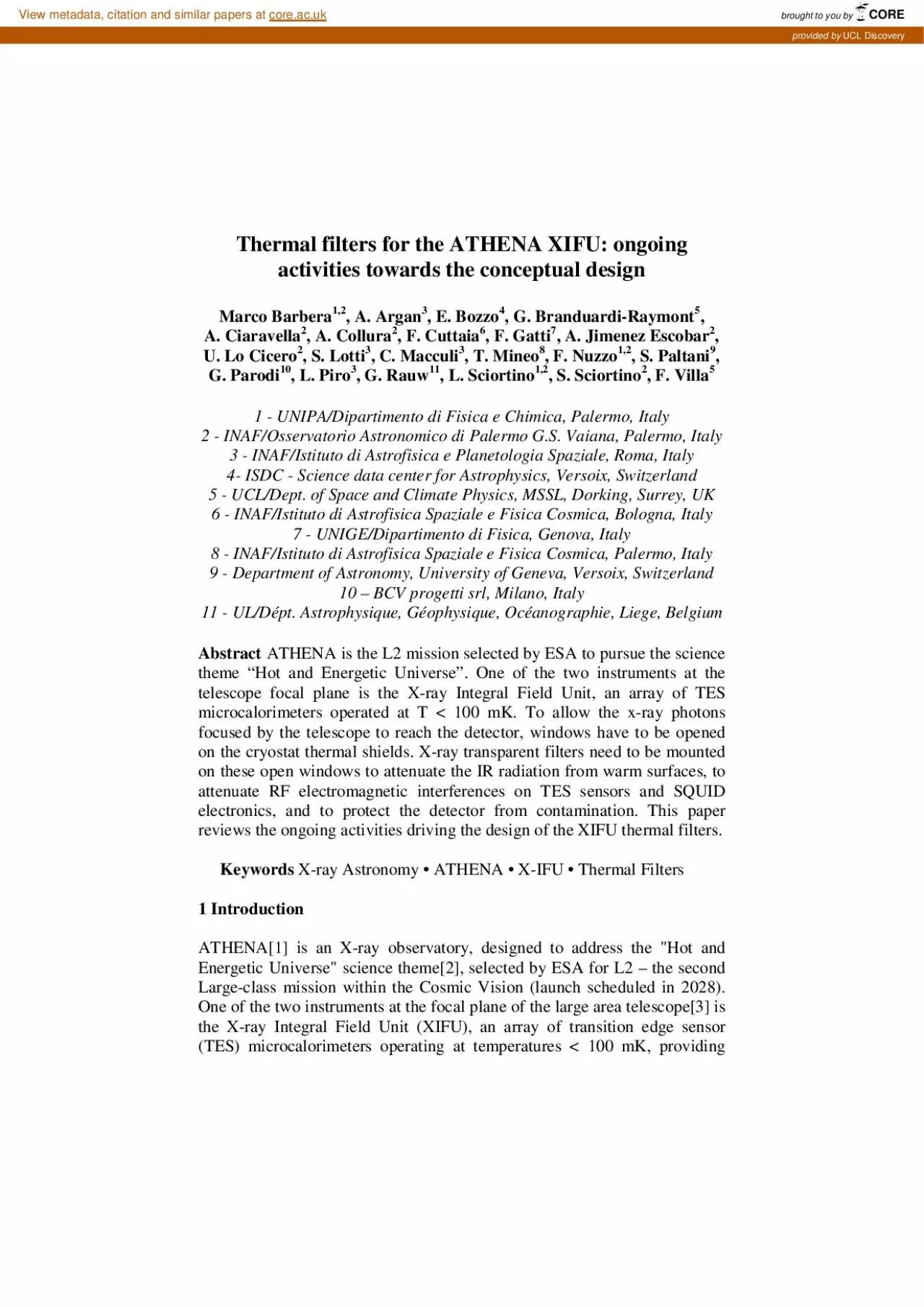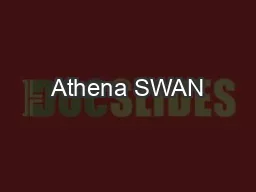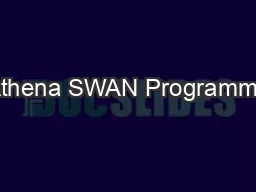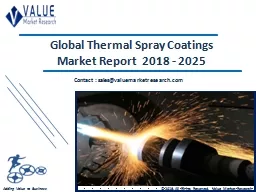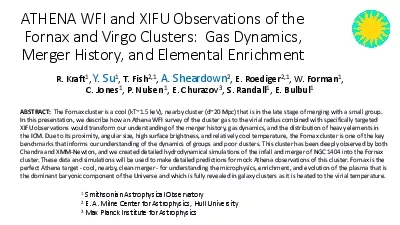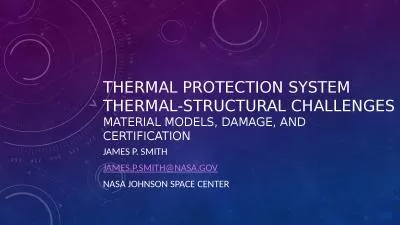PDF-Thermal filters for the ATHENA XIFU ongoing activities towards the co
Author : phoebe | Published Date : 2021-07-06
high spectral resolution FWHM 25 eV at E 7 keV and imaging in the energy range 0212 keV over a 5 diameter field of view4 To allow the xray photons focused by the
Presentation Embed Code
Download Presentation
Download Presentation The PPT/PDF document "Thermal filters for the ATHENA XIFU ongo..." is the property of its rightful owner. Permission is granted to download and print the materials on this website for personal, non-commercial use only, and to display it on your personal computer provided you do not modify the materials and that you retain all copyright notices contained in the materials. By downloading content from our website, you accept the terms of this agreement.
Thermal filters for the ATHENA XIFU ongoing activities towards the co: Transcript
Download Rules Of Document
"Thermal filters for the ATHENA XIFU ongoing activities towards the co"The content belongs to its owner. You may download and print it for personal use, without modification, and keep all copyright notices. By downloading, you agree to these terms.
Related Documents

